A Titanic Rabbit Hole
What do ping-pong balls, Vaseline, a psychic monkey, and Cold War spy missions have to do with the world's most famous shipwreck? And what happened to the booze onboard?
A spate of articles recently trumpeted the latest news about the world’s most famous sunken ship, the Titanic, which has maintained front-page status since April 15, 1912, when it went down 370 miles southeast of Newfoundland taking more than 1,500 passengers and untold treasures with it.
The first expedition in a decade by the salvage company RMS Titanic, Inc. —the only company that’s legally allowed to retrieve artifacts — revealed that the ship’s bow, made famous by Leonardo DiCaprio and Kate Winslet in the 1997 movie “Titanic,” is disintegrating. I read on, learning that two million photos were snapped in the company’s ninth expedition, this one unmanned, and a small bronze statue of Roman goddess Diana, seen in 1986, but that then disappeared, was located on the seabed floor — and the company hopes to pluck it on a future expedition.
But there was no mention of something that’s been troubling me: what happened to the thousands of bottles of booze on board the Titanic? I’d heard some of it was making the rounds. Not that I wanted any, but to judge by champagne hauled up from other shipwrecks — some left to age underwater for over a century — the bottles might still be drinkable, even improved, and it would certainly cause a sensation at auction houses, where “shipwreck champagne” may sell for as much as $40,000 a bottle.
In an attempt to discover the fate of the holdings of the ocean liner’s bar, I sank into a titanic rabbit hole for days, uncovering a plethora of colorful information about the ship — from wacko ideas to raise it, the secret spy mission that discovered it, and the mystery and controversy surrounding the treasures that went down with the ship, matters as intriguing as the Titanic itself.
Floating Very Weird Ideas
Since the news first broke 112 years ago that what was then the world’s largest and most luxurious ocean liner had hit an iceberg and sunk, strange ideas have been proposed to hoist it.
With some of America’s richest people among its victims — including banker John Jacob Astor, Isidor Strauss (who owned Macy’s), industrialist Benjamin Guggenheim, and streetcar magnate George Dunton Widener — some of the families formed a consortium, strategizing about how to raise the vessel, but initial plans were dismissed because the needed technology wasn’t yet developed. They even morbidly considered dynamiting the ship — once it was located — in hopes that the trapped corpses would rise to the surface.
In fact, with an offered reward of $100,000 from Astor’s son, the cable ship Mackay-Bennett picked up the floating remains of Astor, Strauss, and orchestra leader Wallace Hartley — his encased violin strapped to his chest — along with 303 other passengers within a week of the sinking.
A second salvage idea called for attaching magnets to the wreckage, while another plan was to fill the broken structure with 180,000 tons of Vaseline to make it buoyant. A hosiery maker raised huge sums from investors with his plans to attach millions of gas-filled nylon balloons to float it up, while others wanted to fill it with glass orbs or spray the broken ship with liquid nitrogen, thereby encasing it in an iceberg that would rise to the surface.
Perhaps the most creative scheme involved filling the ship — initially thought to be intact — with a billion or so ping pong balls, but that idea was flattened when scientists pointed out the plastic balls would collapse under the pressure at two miles under the sea.
Besides being outlandish, these ideas were all premature: for 73 years nobody could find the sunken ship.
Monkey Business
Oklahoma oilman Jack Grimm, who’d previously funded searches to locate Noah’s Ark, Bigfoot, and the Loch Ness Monster, sank a fortune into finding the Titanic — believing that a psychic simian could point out the precise location of the missing ship on a map.
Although it’s unclear how many insights the monkey did or didn’t provide, after the third expedition in 1983, the oilman gave up, although he’d actually come within two miles of the ship’s resting spot. Having used up so much of his spare cash, he had to discontinue his venture as well as drop plans to find the mythical sunken island of Atlantis.
We’re Just Looking for the Ocean Liner, Comrade
A Cold War spy mission finally uncovered the Titanic in 1985. Oceanographer Robert Ballard, who worked in intelligence first for the US Army, then the US Navy, was keen to try out a newly developed unmanned submersible device, called Argo, to search for the fabled ship.
When he approached the Navy with his idea, they said yes — with caveats.
Specifically, they wanted him to use the search for the Titanic as a cover to throw off the Soviets from Ballard’s secret mission in the North Atlantic: scouring the seabed to locate and explore two American nuclear submarines that had sunk. With the help of the submersible, Ballard located and studied what remained of the nuclear-powered vessels.
"Most of the Cold War was fought underwater and most of it was never known to the American people,” Ballard enigmatically told National Geographic in 2018. (I nearly dove down that rabbit hole too.)
On September 1, 1985, when he had only a few days left for his expedition, he also discovered the Titanic, handily located between the two subs. The clandestine nature of his real mission wasn’t revealed for over 30 years.
The Evening Sentinel in England described the debris field surrounding the ship like this: “An area the size of London was littered with artifacts from the Titanic, including champagne bottles with the corks still intact, chamber pots, and stained glass. Thousands of items spread around the ocean bed were recovered for posterity but the wreck itself remained untouched as a memorial to the dead.”
Tragic Mementos
Ballard believed the relics of the wreck and the treasures it went down with should be left untouched as a memorial to the victims, but others disagreed, including the RMS Titanic salvage company. It turned into an international brouhaha. The company eventually secured most salvage rights with the condition they displayed whatever they found to the public.
One of those who most ardently argued that objects should be retrieved, French oceanographer Paul-Henri Nargeolet, was aboard the OceanGate submersible Titan that imploded underwater, killing all five passengers, in June 2023 while nearing the Titanic.
Over the years, the salvage company has pulled up thousands of artifacts — from shoes, fine china, and bottles of perfume to handbags, playing cards, binoculars, and a blue sapphire ring encrusted with diamonds, even a cherub that adorned the grand staircase for first-class passengers.
The collection of artifacts, valued at over $200 million, was planned to be auctioned off at least twice since 2011, but the auctions were apparently called off. RMS Titanic retains the items, displaying them in exhibitions traveling the world and storing them in a secret warehouse in Atlanta when they’re not on the road.
“RMS Titanic, Inc. has recovered more than 5,500 artifacts from the debris field. However, we do not auction or sell any artifacts.”—Statement sent to me by the salvage company.
The spokesperson added: “Many beer, liquor, and unopened champagne bottles [with corks still intact] have been recovered during our expeditions and are currently on exhibition in Las Vegas, Orlando, Lausanne, Stuttgart and Warsaw, and this fall in Boston.”
Going Once, Twice
However, assorted pieces of memorabilia — some carried by the 712 survivors, mostly women and children who fled on lifeboats, and others objects found with the corpses retrieved not long after the ship sank — have made it to the auction block, fetching remarkable prices.
In 2012, two menus were sold for $140,000. The next year, band leader Wallace Hartley’s violin was sold at auction for 1.1 million pounds — about $1.4 million.
In 2017, a cracker from the Titanic, pocketed by a survivor, went for $23,000.
Astor’s 14-karat gold pocket watch, engraved JJA, which was found with his remains — and initially given to his son, who gave it to his valet — was sold off this past April by an English auction house for a whopping 1.175 million pounds sterling (about $1.5 million). At April’s auction, Hartley’s empty violin case went for 360,000 pounds, about $475,000.
You may be asking (as I certainly was), “Yeah, but what happened to the rest of the Titanic’s champagne, wine, and bottles of booze not retrieved by the salvage company, which isn’t allowed to sell it? Is it just lying there on the sea floor?
A Maze of Misinformation
Waves upon waves of bogus claims about the matter are shoring up on the Internet, with many websites confusing the champagne hauled up from a Baltic Sea shipwreck in 2010 with champagne from the Titanic.
A widely viewed video on YouTube and TikTok claimed that a single bottle of Titanic wine was sold this May for $1.4 million, nearly the price of Astor’s gold watch. Snopes discredited the video, more or less, saying that it was mislabeled because it showed Chinese aficionados cheering with wine that wasn’t from the Titanic.
I was ready to discard the whole notion of circulating champagne and wine from the Titanic, the rumors of which set me jumping down the informational rabbit hole, as total bs — until I saw an interview with Michael Doerr, CEO of OENO Wine and Whisky Investment Funds, which advises clients on wines and whiskeys as financial assets. Doerr lamented in an interview that he’d recently missed a chance to buy a very special bottle of booze.
“What I couldn’t get was one of the bottles of champagne that was on the Titanic,” said Doerr. “There’s a handful that were sold to collectors and every so often a bottle emerges.”
When I called up the OENO’s managing partner Maxwell Nee, he claimed to have no knowledge about Doerr’s close brush with the bubbly, adding that even if some bottles were circulating it would be difficult to authenticate they had come from the Titanic.
A Potentially Deepening Hole
Still pondering Doerr’s claim that a handful of bottles of champagne had been sold to collectors, I began to wonder if that were indeed true who had sold the champagne, if not RMS Titanic, Inc.? Were illegal divers plundering the debris field? Was anybody actually guarding the sunken ship or its treasures that are scattered for miles underwater? Would it even be possible to secure them? And had anybody found any of the passengers’ safes believed to have been filled with diamonds and gold?
Fearing that I was about to plunge further down into that Titanic rabbit hole that had already trapped me for days, I decided “Nope, not going there!” and directed my brain back up to the terrestrial reality and away from that forever-alluring siren’s call of a shipwreck before it pulled me yet further into its mysteries.



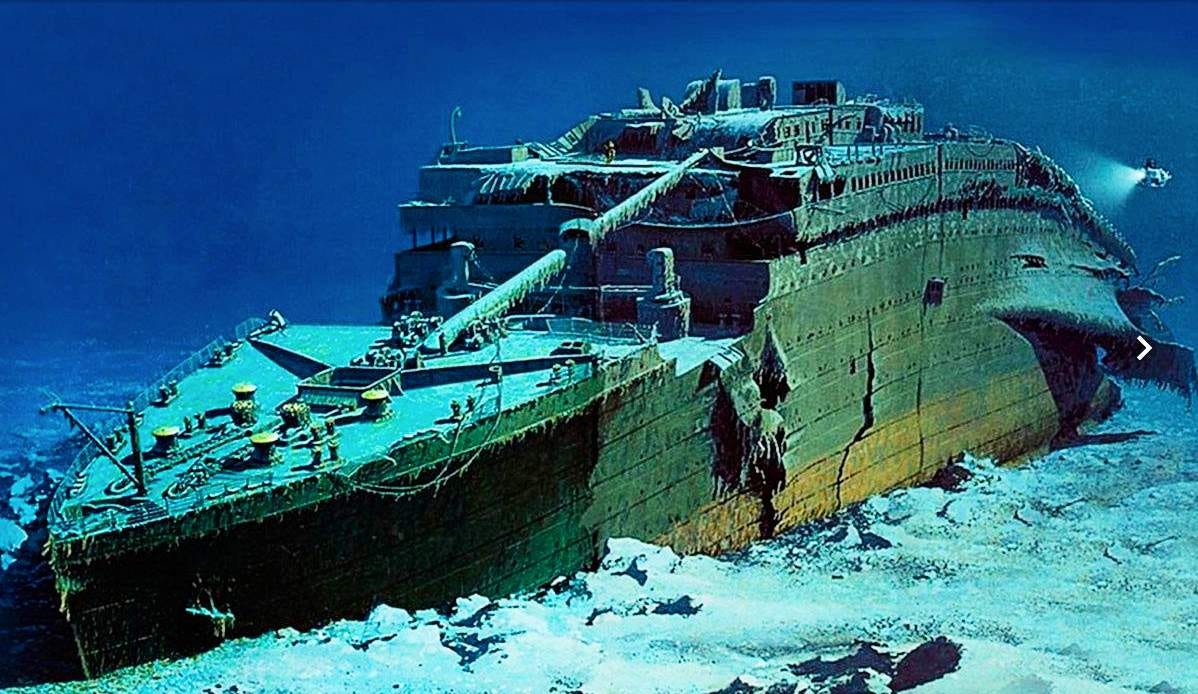


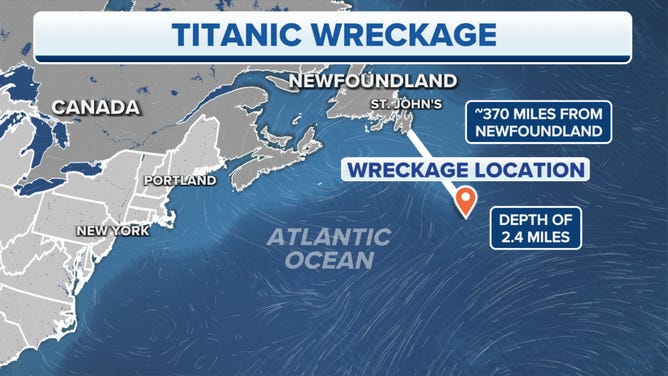
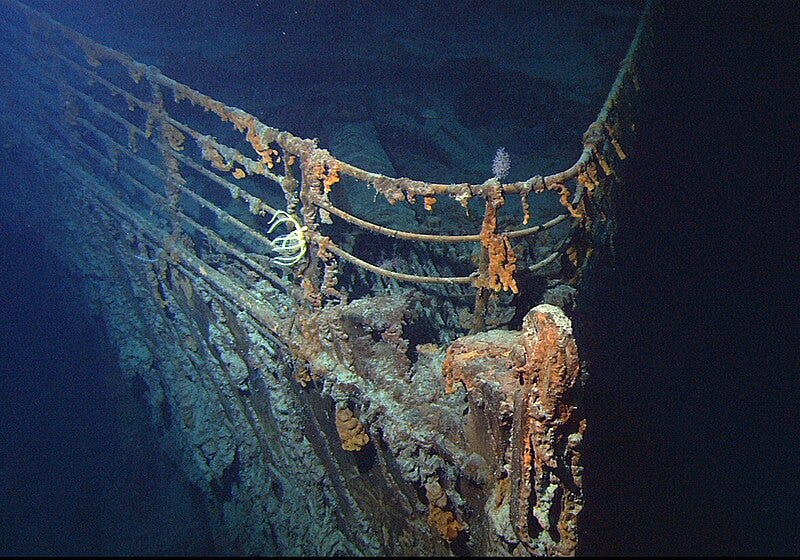
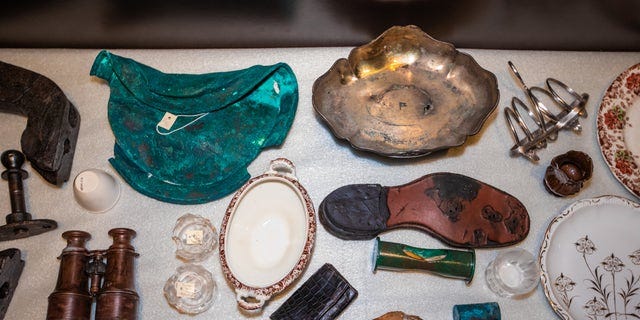
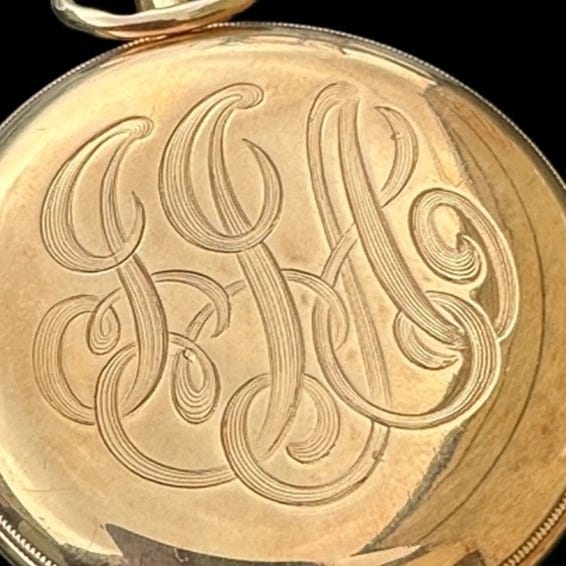
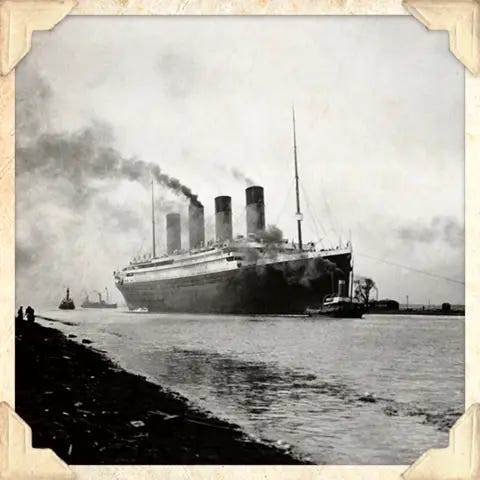
Since time immemorial, wrecks have captivated the imagination with their fascinating legends. Some of these wrecks are exceptionally well-preserved due to specific factors such as frigid waters or the absence of oxygen. For instance, the Endurance lies on the shores of Antarctica, while the Spanish galeons met a fate of easy prey during the hurricane season. The transatlantic Titanic became an instant legend, symbolizing divine intervention that transformed wealthy individuals into miserable reflections of their true selves. Tragically, the poor were left to fend for themselves at the mercy of the sea while the privileged hoarded the limited lifeboats.